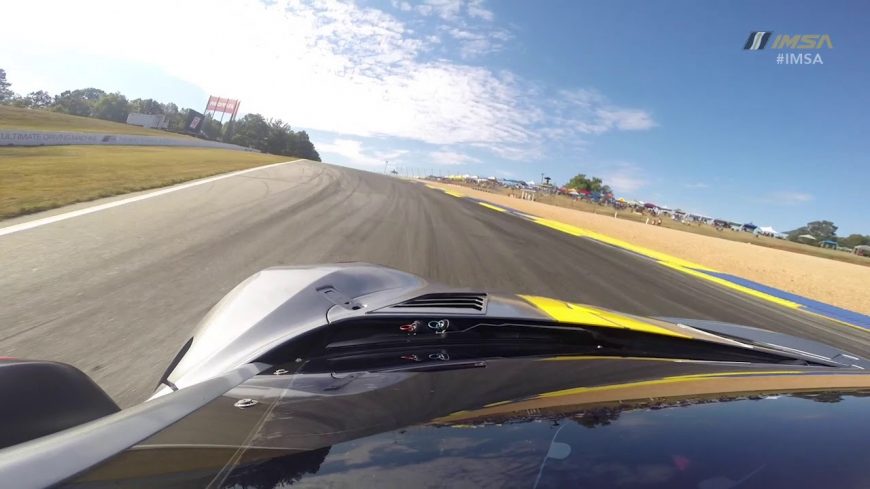Corvette Developments – Chevy’s DOHC Combo Potentially Points to Future of Corvette, Featured in C8.R

The idea of a mid-engine Chevrolet Corvette is certainly nothing new. For years upon years, enthusiasts have been chatting about what it would be like if a Corvette ever took a road similar to that of some of its Italian competitors, taking on more of a supercar image instead of the all-American machine that is today. It certainly makes sense as it would be another layer of separation between itself and baby brother in the Chevrolet Camaro because, as we all know, the Corvette is certainly the favorite child, even if it means detuning the same engine in the Camaro, but I digress.
Now, of course, they’re not going to drop all of the American influence. However, GM has repositioned the Corvette in an all-new way. We all know, at this point that the C8 will feature a mid-engine application. What will that engine be in the future, though? As of now, the LT2 is under the hood of the first iteration of the C8. This engine builds off of the same architecture from the last car. How does GM plan on proceeding, though?
Well, if the C8.R has anything to say about it, we might be seeing the pushrods dumped before long. Earlier this month, people were very curious as to why the car sounded more like an exotic than a Corvette when it made a guest appearance at an event. Chevrolet hadn’t revealed the power source at the time. Now, though, we know that it sounded different because the application took on a whole new face. The power source would be a naturally aspirated 5.5L v8. The plot twist comes when we also find that it’s a DOHC setup along with a flat-plane crank. That’s right, doing a cam swap might just become all that much more difficult.
By following along below, we get a first look at the 500 hp application. For those who aren’t impressed by the output, just remember that it wasn’t too long ago that 505 hp would make the most powerful naturally aspirated Corvette ever with the LS7. This engine is just about doing that with far less displacement. Will the architecture transition into consumer cars? Only time will tell.

